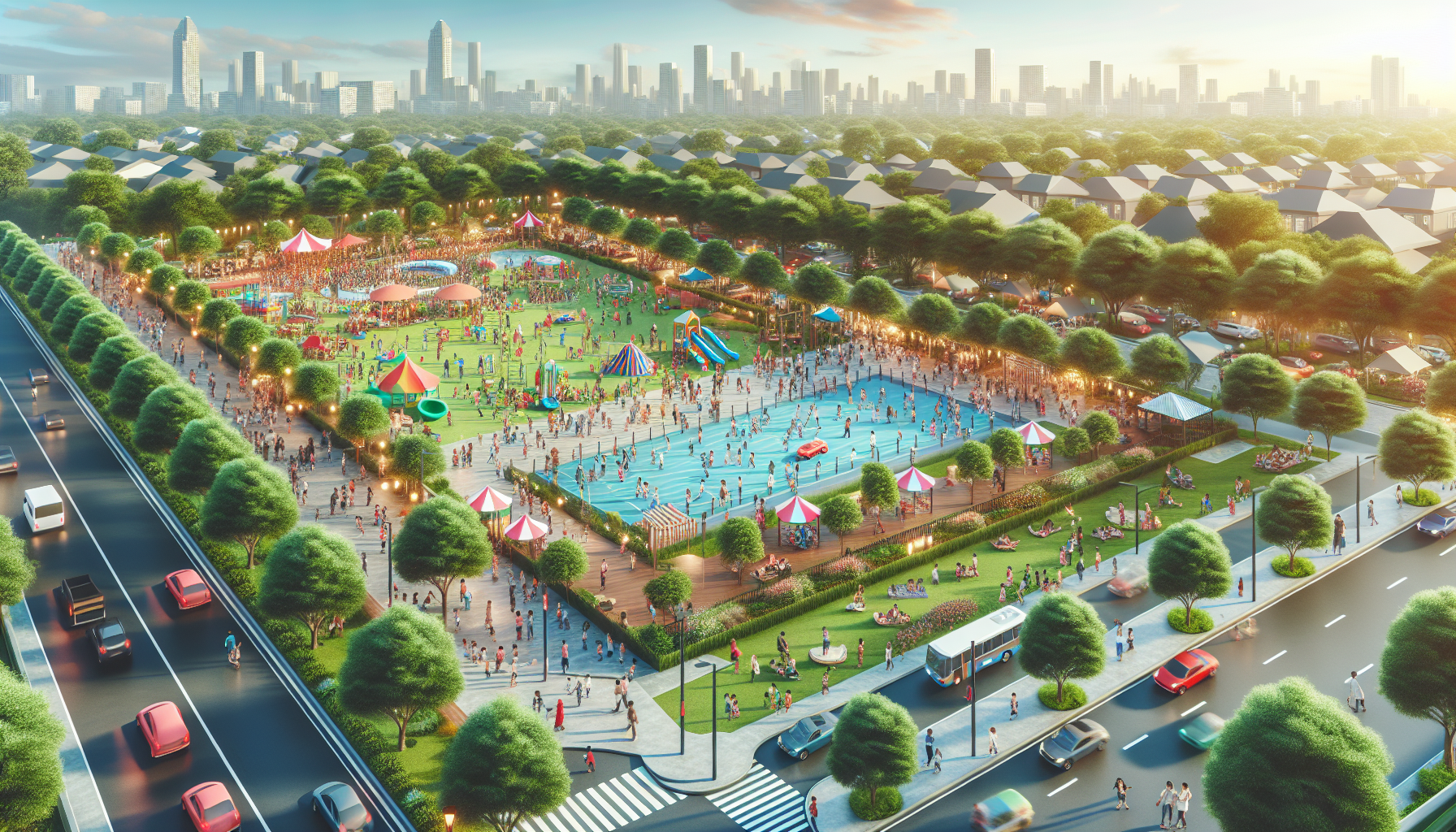Cimiluo Parks and Recreation has long been at the forefront of utilizing public spaces to enhance community well-being. Their commitment to transforming parks and recreational areas into vibrant community hubs reflects a broader trend among municipalities worldwide. Public spaces, when thoughtfully designed and managed, have the power to foster social connections, support mental health, and encourage active lifestyles. This article explores how Cimiluo's approach, along with insights from leading professionals, is setting a benchmark in maximizing public spaces for the benefit of the community.
The Power of Public Spaces
Public spaces serve as the heart of a community. They are venues where people gather, socialize, and engage in various activities, from leisurely strolls to organized sports. These spaces are crucial not only for recreation but also for nurturing a sense of belonging and identity among residents. In Cimiluo, the focus has been on creating spaces that are inclusive, accessible, and appealing to people of all ages and backgrounds.
Strategic Planning and Community Involvement
One of the key strategies employed by Cimiluo Parks and Recreation is involving the community in the planning and development process. By engaging local residents, city planners can better understand the unique needs and desires of the community. Public consultations, surveys, and participatory design workshops are regularly conducted, ensuring that the voices of all community members are heard.
"Community involvement is crucial," says Dr. Elaine O'Connor, an urban planning expert. "When people feel they have a stake in the development of public spaces, they are more likely to use and care for those spaces."
Designing for Diversity and Inclusion
Cimiluo recognizes that public spaces should cater to the diversity of the community. Inclusive design is essential in ensuring that areas are accessible to people with disabilities, the elderly, children, and families. This inclusivity extends to designing spaces that accommodate a variety of activities, from playgrounds for children to quiet gardens for reflection and relaxation.
"Designing for diversity means thinking beyond the traditional use of space," notes James Trevelyan, a landscape architect who has worked with Cimiluo. "It's about creating spaces where all community members can not only coexist but interact and learn from each other."
Green Spaces and Environmental Well-being
Green spaces have been shown to improve mental health, reduce stress, and increase physical activity. Cimiluo's parks offer a blend of natural beauty and modern amenities, featuring walking trails, bike paths, community gardens, and green spaces. These environments encourage residents to spend more time outdoors, fostering a closer connection to nature and enhancing overall well-being.
Incorporating elements of sustainable design, such as native plantings and eco-friendly materials, also ensures that these spaces are kind to the environment. This commitment to sustainability not only benefits the planet but also serves as an educational tool for the community.
Activities and Programs for Engagement
To maximize the potential of public spaces, Cimiluo Parks and Recreation offers a variety of programs and events tailored to different interests and age groups. Community yoga classes, outdoor concerts, and art workshops draw people to the parks and encourage them to take full advantage of what these spaces offer.
"Programs and events are the lifeblood of public spaces," explains Maria Costello, program manager at Cimiluo. "They activate the space, draw in new visitors, and foster a sense of community."
Looking to the Future
As cities continue to grow and evolve, the importance of public spaces in enhancing community well-being cannot be overstated. Cimiluo Parks and Recreation serves as an exemplary model, demonstrating the positive impact thoughtful planning and community engagement can have.
By prioritizing diversity, inclusion, and sustainability, public spaces can become thriving centers of community life that contribute to the physical, mental, and social well-being of residents. As more cities look to replicate this success, the lessons learned from Cimiluo's approach will undoubtedly serve as valuable guiding principles in maximizing the potential of public spaces for generations to come.
